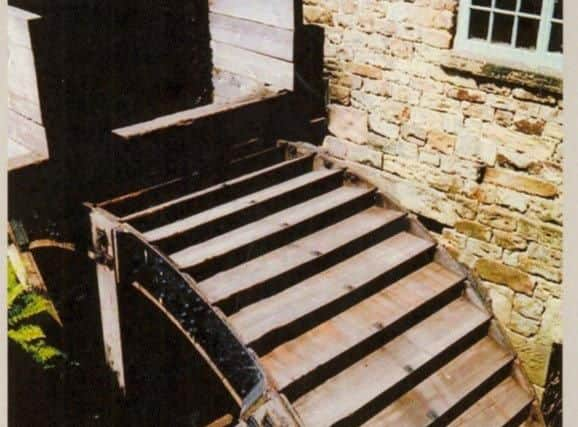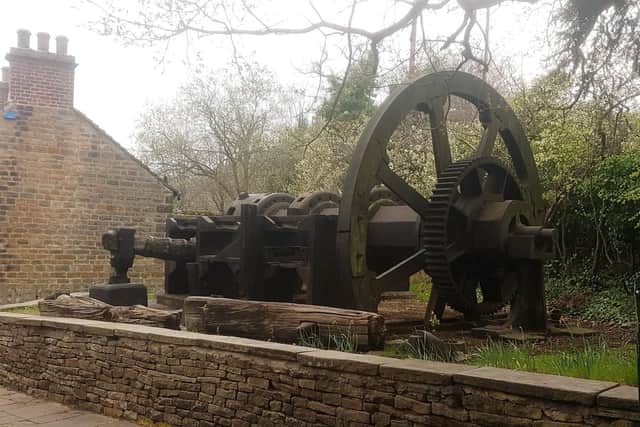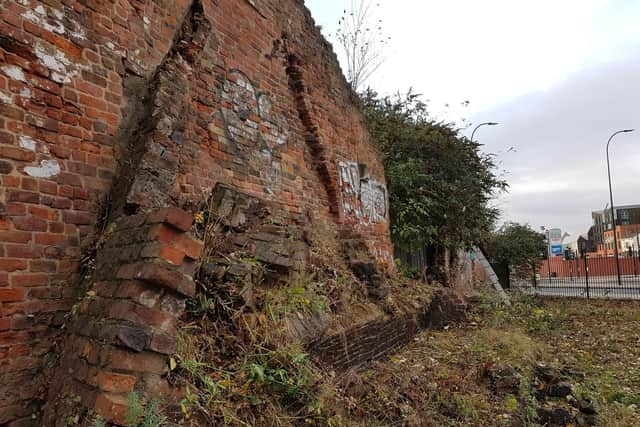One of world’s oldest local history societies breathing new life into Steel City’s industrial past


The Society traces its formation to 1933 as the Society for the Preservation of Old Sheffield Tools which later became the Sheffield Trades Historical Society.
The original members came together through the Sheffield Trades Technical Societies, a collaboration after 1918 between artisans and industrialists working in the various trades in the city, and University academics.


Advertisement
Hide AdAdvertisement
Hide AdWhile studying and developing new processes for their industries, the members could see that much of the area’s industrial heritage was disappearing and resolved that it should not be lost to future generations.
The Society was instrumental in the early preservation of what is now Abbeydale Industrial Hamlet and led a successful move in 1956 to prevent the works’ proposed demolition; leading to the rebirth as an industrial museum. Next time you go into the Abbeydale site, look on the right inside the entrance and see the tilt hammers owned by the Society.
In 1976 the Society was registered with the Charity Commission as an unincorporated association and it has recently “converted” to a Charitable Incorporated Organisation. It holds evening lectures at Kelham Island Museum between October and May and collaborates with other groups to hold other lectures in Sheffield as well as in Barnsley and Rotherham.
There are a series of events and visits during the summer. This summer we will be putting a particular emphasis on the 200th anniversary of the Sheffield Canal and the development of heavy industry which was made possible by it and the railways in the early 19th century. All lectures and events are available to the general public.


Advertisement
Hide AdAdvertisement
Hide AdThe Society owns four properties, all of which are recognised historical monuments of national and international importance. The most important is Wortley Top Forge, the oldest surviving heavy iron forge in the world on its original site, powered by water wheels on the River Don. This is just in Barnsley, but easily accessible from Sheffield. Hoylandswaine Nail Forge and Rockley Furnace and Engine House are also in Barnsley.
In Sheffield the Society owns Bower Spring Cementation Furnace, one of the last remnants of a building form that is common throughout the city.
The site now fronts the inner ring road with vehicle access from Shalesmoor. The site has the outline of two furnace cones and the cementation chests said to be a unique survival in situ. To see what a cone would have looked like there is one in Doncaster Street nearby. Cementation was an early form of combining iron and carbon to make steel in industrial quantities. The Furnace remains are in a deteriorating state and the Society is working on how they might be stabilised and better presented as part of the continuing development plans in the Shalesmoor and Kelham areas.
Within the Society, there is a group that carries out research and provides an informal forum where researchers can meet and discuss findings. The group also comments on planning applications and has representation on the city’s Conservation Advisory Group.


Advertisement
Hide AdAdvertisement
Hide AdThen there are the publications, most of which are contributed by Society members. Short pieces are gathered together into a periodic journal while the longer works may comprise a book. The most successful book has been Water Power on the Sheffield Rivers. The second edition of 2006 is still the definitive work on well over 100 water power sites of the five Sheffield rivers.
Other recent publications have covered Open Die Forging at River Don Works, Heavy Armour Plate at Charles Cammell and Vickers, Linen Weaving in Barnsley and The Butcher Wheel on Arundel Street. The last one has been in collaboration with Wessex Archaeology, a commercial firm responsible for excavating many sites in the city, most notable recently at the site of Sheffield Castle.
The many other excavations around the city that have been conspicuous in recent years have produced a wealth of material and the nature of the locations means that most of this material has been the remains of industrial buildings and processes. Digging at the Sheffield Castle site went through 200 years of industrial layers before reaching the remains of the castles and its moat.
The next big opportunity for new discoveries could well be the route of HS2 through South Yorkshire and particularly the proposed redevelopment and extension of Sheffield Station.
The Society and its members will continue to be involved in and study all the excavations and discoveries, and also keep a close watch on developments to historic buildings which are still standing.